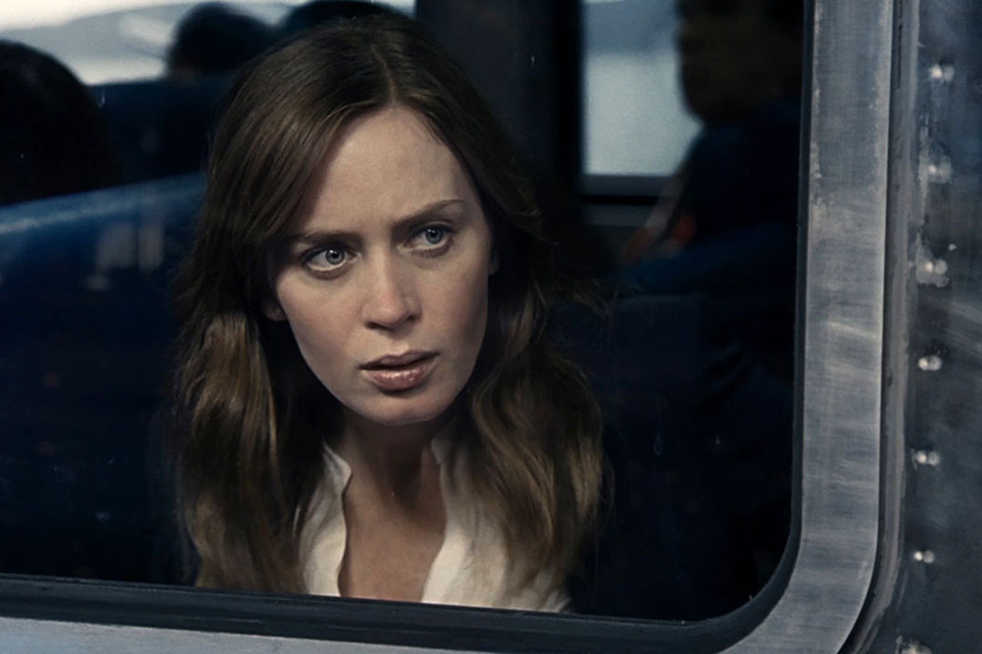Based on the book by Paula Hawkins, the film version of “The Girl on the Train” hit theatres on Oct. 7 and somehow managed to fall short of the intense journey the original provided. While the catchphrase “I liked the book better” is often invoked after watching the screen version of a best-selling novel, in this case it rings uniquely true.
“The Girl on the Train” is the story of Rachel Watson (Emily Blunt, “The Devil Wears Prada”), an alcoholic commuter who watches the lives of a seemingly perfect couple from the train each day, until one day the woman, Megan (Haley Bennett, “Music and Lyrics”), disappears.
Rachel began watching their house on her way to and from Manhattan because they live just a few houses down from her ex-husband Tom (Justin Theroux, “The Leftovers”), who lives in their old house with his new wife Anna (Rebecca Ferguson, “The White Queen”) and new baby.
Tormented by the thought of her ex living with the woman he cheated on Rachel with and living the life she used to have, Rachel attempts to drown her sorrows in alcohol. These actions lead to her blacking out and harassing the new couple. On one such bender triggered by her rage at seeing Megan embracing a man who is not her husband and ruining Rachel’s idyllic vision of the perfect happy couple, Rachel awakens to find herself covered in blood and is interrogated by the police regarding Megan’s disappearance.
The Hitchcockian psychological drama follows the complicated question of whether Rachel is a witness or a suspect in the disappearance of Megan, and as Rachel inserts herself into various parts of Megan’s life to try and uncover the truth, her sanity becomes as questionable as her memory of that fateful night.
While the storytelling device of flashbacks told through all three of the women’s perspectives works on the page, the translation to the screen seems choppy and unfulfilling. Despite the superb acting by Emily Blunt, who brings a vitality to the intoxicated yet sleuthing Rachel that is worth witnessing, her talents alone are not enough to compensate for
the lack of depth found elsewhere in the film.
While the characters have their moments in inspiring emotion from the audience, the response each individual evokes fails to string together into the compelling narrative intended, and at a climax where one would expect a gasp, instead the audience is left underwhelmed by the emotional gravity of what happens.
Perhaps the one thing the film does successfully is allow the audience to be a voyeur much like Rachel is to the lives of the characters in the film. In this case, the tired storyline of the “dead hot girl” does involve numerous scenes of the hot girl in sexually promiscuous positions, which furthers the enjoyable voyeurism of the film while simultaneously detracting from any depth Megan or her story provides. The views into Anna’s life do little to endear her to those gazing inside and leave her character especially unlikable and perplexing.
Despite numerous points of absurdity, the revolving gaze into the lives of these three women do come together to unveil an interesting story that is entertaining to watch. Audiences should not compare Rachel to the girl “she used to be” in the book, which will allow for an enjoyable viewing.
